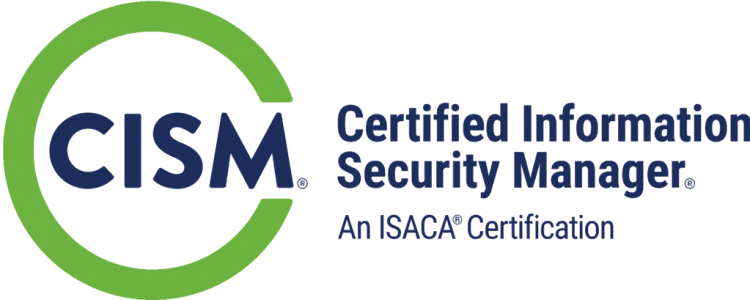Course Overview:
This hands-on training course builds your skills in the VMware ViewTM suite of products: VMware View Manager, VMware View Composer, and VMware® ThinAppTM. Based on customer specification, this course can be based on View 4.x or 5.x, and ThinApp 4.x or 5.x releases.
Attendees to VM-325: VMware View: Install, Configure and Manage will receive TechNow approved course materials and expert instruction.
At the end of this course, you should understand the features and operations of View and be able to:
- Install and configure View components
- Create and manage dedicated and floating desktop pools
- Deploy and manage linked-clone virtual desktops
- Configure and manage desktops that run in local mode
- Configure secure access to desktops through a public network
- Use ThinApp to package applications
Date/Locations:
Duration: 5 days
Course Objectives:
- Module 1: Course Introduction
- Module 2: Introduction to VMware View
- Module 3: View Connection Server
- Module 4: View Desktops
- Module 5: View Client Options
- Module 6: View Administratory
- Module 7: Configuring and Managing Linked Clones
- Module 8: Local-Mode Desktops
- Module 9: Command-Line Tools and Backup Options
- Module 10: Managing VMware View Security
- Module 11: View Manager Performance and Scalability
- Module 12: VMware® ThinAppTM
Prerequisites:
- VM-315: VMware Infrastructure: Install, Configure and Manage
- Experience in Microsoft Windows Active Directory Administration
- Experience with VMware vSphereTM
- Before attending the course, students must be able to perform the following tasks:
- Create a template in VMware vCenterTM Server and deploy a virtual machine from it
- Modify a template customization file
- Open a virtual machine console in vCenter Server and access the guest operating system
- Configure Active Directory services
Comments
Latest comments from students
